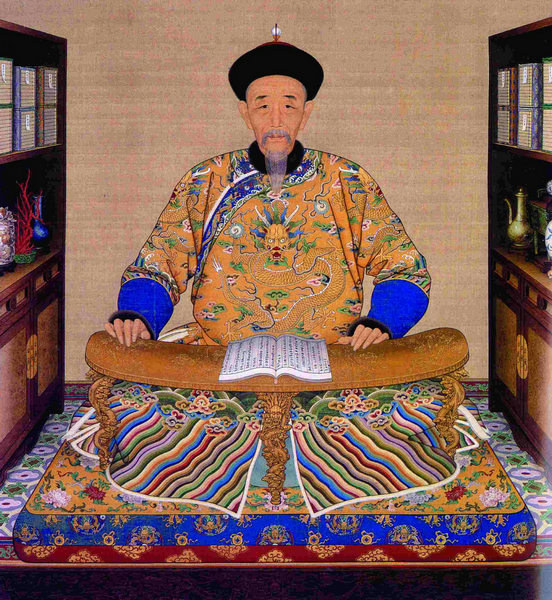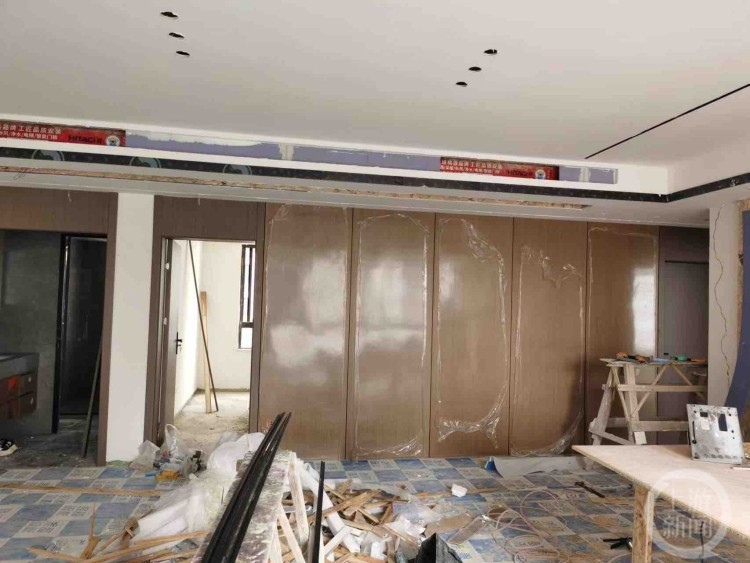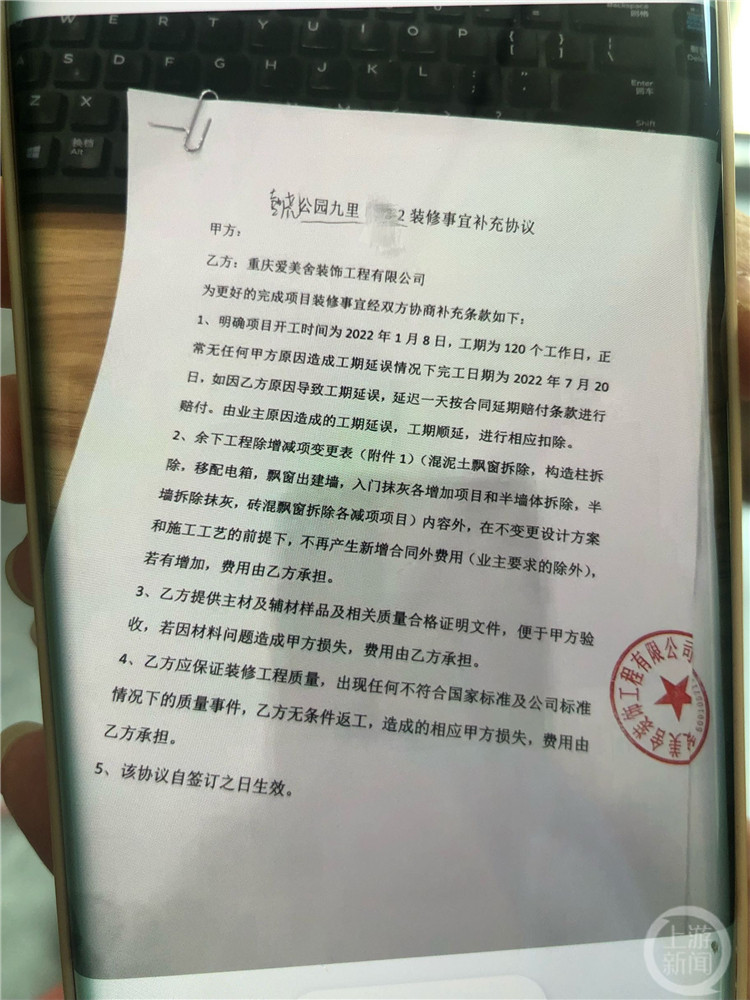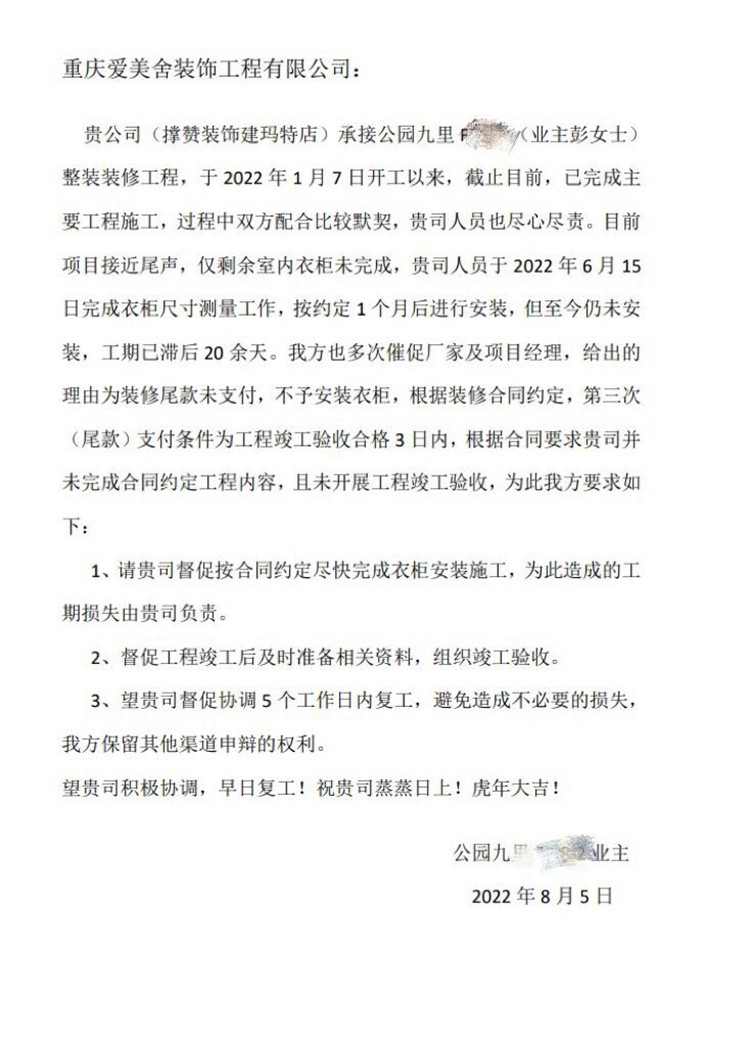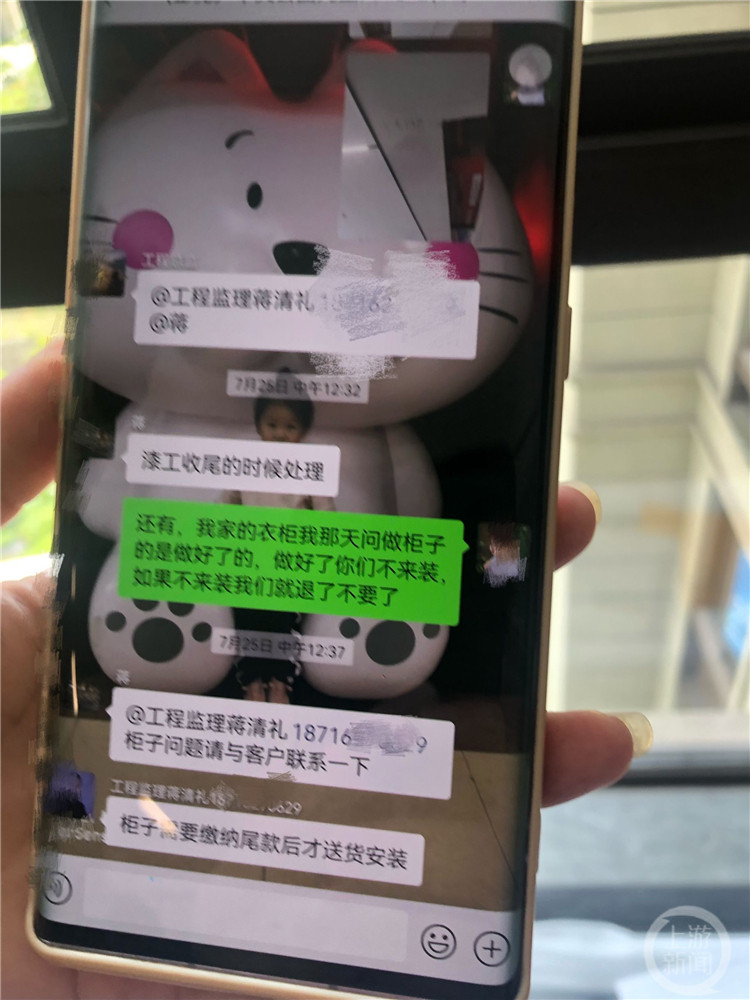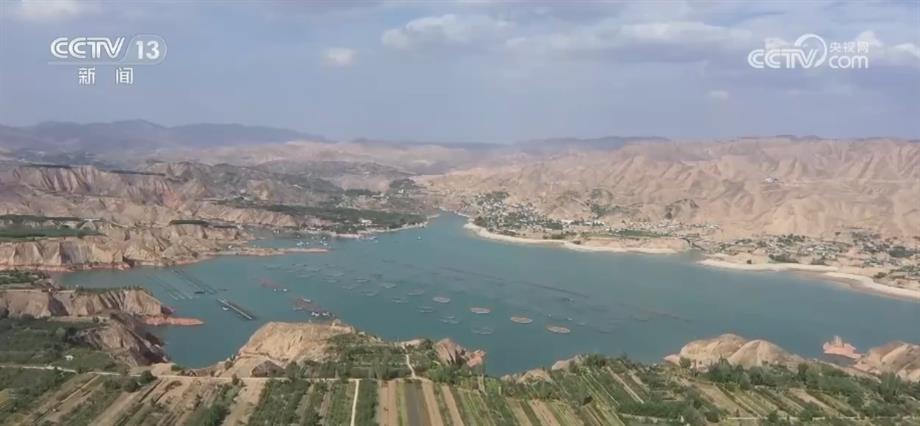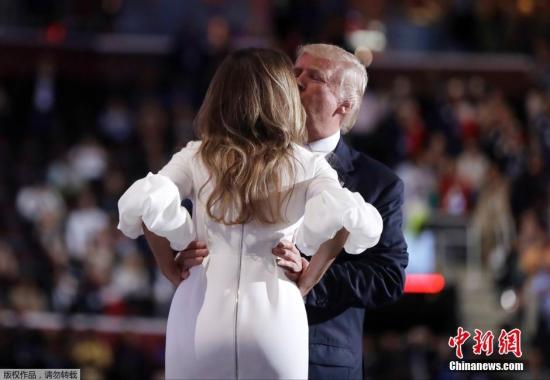Notice on Issuing the Guiding Rules for the Construction Contract and Project Price Adjustment during the Pneumonia Epidemic in Covid-19, Hangzhou
Hang Jian Shi Fa [2020] No.164
District, county (city) Construction Bureau, the relevant units:
As the pneumonia epidemic in Covid-19 has had a certain impact on the project performance of the projects under construction in our city and the newly started projects after the holiday, in order to actively guide the parties to the construction project contract to negotiate amicably, share the risks and losses reasonably, reduce the contradiction of project settlement and ensure the smooth implementation of the project, according to the spirit of the Notice on Doing a Good Job in Epidemic Prevention and Control to Support the Development of Enterprises (Zhejiang Construction Office [2020] No.10) and other documents, combined with the practical problems existing in the projects under construction in our city, the "Covid-19 Pneumonia in Hangzhou" is formulated. These Detailed Rules put forward the principle of negotiation from eight aspects: adjustment of contract period, adjustment of epidemic prevention and control measures, adjustment of labor cost, material cost and machinery cost, loss treatment during shutdown, cost of catch-up measures to ensure the construction period, cost of construction efficiency reduction, cost of isolation and protection measures, and calculation of Jian ‘an project cost of emergency rush construction project, which is applicable to construction projects affected by Covid-19 pneumonia epidemic within the administrative area of this Municipality. For the calculation standard of government-invested construction project cost specified in the Detailed Rules, other sources of funds can refer to the implementation.
Hangzhou Urban and Rural Construction Committee
June 10, 2020
Guiding rules for contract and price adjustment of projects under construction during pneumonia epidemic in Covid-19, Hangzhou.
A, about the contract period adjustment
If the construction project is delayed due to epidemic prevention and control, the construction period shall be extended, and the liability for breach of contract due to the delay caused by force majeure shall be exempted. Because the actual situation of different projects is different and affected by the epidemic situation, both parties need to reasonably negotiate and determine the extension of the construction period according to the actual situation of the project and considering the factors such as labor, material shortage and construction efficiency reduction. The specific treatment methods are classified as follows:
(a) the original plan during the Spring Festival does not stop the project, because of the epidemic prevention and control caused by the shutdown, the contracting parties can be based on the actual project with reference to the following methods to calculate the extension of the construction period:
The number of days to postpone the construction period = the calendar days from the date when the local government started the first-level response to major public health emergencies to the date when the project officially resumed work+the number of days of compensation for construction degradation.
The official resumption date of the project refers to the specific date determined by the contracting parties through consultation according to the actual situation of the project, and confirmed by the employer and the supervision unit on the application report or other forms of written materials submitted by the contractor.
During the epidemic prevention and control period, due to the influence of material supply, shortage of personnel, local epidemic prevention and control regulations, etc., if the resumed project fails to fully enter the construction state, the contractor and the contractor may appropriately consider the corresponding days of construction reduction compensation when determining the extension of the construction period through consultation according to the actual situation, and the specific days shall be determined by the contractor and the contractor themselves through consultation.
(II) For the project that was originally planned to be shut down during the Spring Festival, if the actual shutdown time exceeds the original plan due to the epidemic, the contracting parties may calculate the extended construction period according to the actual situation of the project with reference to the following methods:
Days to postpone the construction period = calendar days from the date of planned resumption of work after the Spring Festival holiday agreed by the contracting parties to the date of formal resumption of work of the project+days of compensation for construction degradation.
The official resumption date of the project refers to the specific date determined by the contracting parties through consultation according to the actual situation of the project, and confirmed by the employer and the supervision unit on the application report or other forms of written materials submitted by the contractor.
During the epidemic prevention and control period, due to the influence of material supply, shortage of personnel, local epidemic prevention and control regulations, etc., if the resumed project fails to fully enter the construction state, the contractor and the contractor may appropriately consider the corresponding days of construction reduction compensation when determining the extension of the construction period through consultation according to the actual situation, and the specific days shall be determined by the contractor and the contractor themselves through consultation.
(3) If the construction of the project that was not stopped during the Spring Festival and continued during the epidemic prevention and control period is affected due to the shortage of materials, personnel and local epidemic prevention and control regulations, the contracting parties may, according to the actual situation, determine the number of days of compensation for construction efficiency reduction through consultation.
(4) Except for the above situations (1), (2) and (3), both parties can negotiate the reasonable extension of the construction period by themselves in combination with the actual situation of the project delay.
Two, about the epidemic prevention and control measures fee plan.
During the period of epidemic prevention and control, for projects that continue to be constructed or resume work, please refer to the Notice of Zhejiang Provincial Department of Housing and Urban-Rural Development on Doing a Good Job in Epidemic Prevention and Control to Support the Development of Enterprises (ZJZ [2020] No.10), Notice on Adjusting the Standard of Special Expenses for Epidemic Prevention and Control (ZJZ [2020] No.8) and Notice on Implementing the Standard of Adjusting Special Expenses for Epidemic Prevention and Control. During the period of epidemic prevention and control, the contractor shall make a dynamic registration of the actual number of people in place at the construction site (including on-site labor workers and construction management personnel), and the employer shall make a visa for the actual number of people in place at the site reported by the contractor. The special funds for epidemic prevention and control are calculated and taken according to different levels of epidemic prevention and control:
(a) during the period of the first-level response to epidemic prevention and control, the special expenses for epidemic prevention and control will be 40 yuan per person per day.
(two) in the epidemic prevention and control of secondary response period of construction, epidemic prevention and control of special expenses from the original 40 yuan per person per day to adjust to 15 yuan per person per day.
(3) From the third-level response of epidemic prevention and control, the expenses incurred by the construction project due to epidemic prevention and control shall be settled through consultation between the contracting parties. For the Hangzhou municipal government investment project, the special expense for epidemic prevention and control during the third-level response period is 5 yuan per person per day.
The adjustment time of the emergency response level of the secondary and tertiary epidemic prevention and control in the project location shall be based on the time announced by the local COVID-19 epidemic prevention and control headquarters (leading group) of the city, district and county (city).
During the shutdown of the project, the expenses of epidemic prevention management and epidemic prevention materials that need to be increased by the left-behind personnel at the construction site due to epidemic prevention and control shall be considered separately in the expenses standard for left-behind personnel in the first paragraph of Article 4 "Disposal of losses during shutdown".
Iii. Adjustment of labor cost, material cost and machinery cost
During the epidemic prevention and control period and after the termination, if the price of labor, equipment, materials and machinery rises sharply, the contracting parties can reasonably share the project content after the resumption of work according to the actual situation of the project according to the following principles:
(1) If the construction contract has agreed on the risk adjustment scope of the price fluctuation range of labor and materials (equipment), the labor and material prices shall be reasonably shared by the contracting parties according to the risk range and scope agreed in the contract.
(II) If the construction contract does not stipulate the risk adjustment range of the price fluctuation range of labor and materials (equipment), the contracting party and the issuing party may, according to the actual situation of the project and market factors, sign a supplementary agreement in time to reasonably agree on the adjustment method of the price risk sharing of labor materials, and the price risk range of labor materials borne by the contractor is generally not higher than 5%. The price risk range of artificial materials for construction projects invested by Hangzhou Municipal Government is implemented according to the Guiding Opinions on Further Strengthening the Dynamic Management of Market Factor Prices of Construction Projects in Hangzhou (Hangjian Shifa [2018] No.579).
(3) If the construction contract stipulates that the price of labor and materials will not be adjusted or the original price adjustment method makes it difficult to implement the follow-up project in obviously unfair, both parties can sign a supplementary agreement in time according to the actual situation of the project and market factors, and in accordance with the principle of changing the situation, so as to reasonably agree on the adjustment method of labor material price risk sharing, and the risk range of labor material price borne by the contractor is generally not higher than 5%. The price risk range of artificial materials for construction projects invested by Hangzhou Municipal Government is implemented according to the Guiding Opinions on Further Strengthening the Dynamic Management of Market Factor Prices of Construction Projects in Hangzhou (Hangjian Shifa [2018] No.579).
(4) In EPC and other forms of general contracting contracts, if the fluctuation risk of market factors is not adjusted as originally agreed in the contract, considering the impact of epidemic situation, the contracting parties may, according to the principle of changing the situation, negotiate their own adjustment methods for the implementation part affected by epidemic situation and make it clear in the form of supplementary agreement.
Four, about the loss treatment during the shutdown.
(1) For projects with construction contracts, property losses and cost increases caused by shutdown due to epidemic prevention and control shall be implemented in accordance with the contract. If there is no agreement or unclear agreement in the contract, the contractor and the contractor shall share the corresponding losses reasonably and sign a supplementary agreement based on the principle of risk sharing, and the compensation fee for shutdown losses shall be calculated as construction value-added tax. The specific treatment method is as follows:
1. During the shutdown period caused by epidemic prevention and control, the expenses of the necessary personnel (laborers and managers) left by the contractor at the construction site shall be borne by the employer, and the expenses for the stoppage of construction machinery and the use of reusable materials shall be reasonably shared by both parties through consultation. The contractor shall collect and save the list of left-behind personnel, expense vouchers, the idle situation of on-site construction machinery and equipment and other necessary written materials or video materials as the measurement basis for cost settlement, and the employer shall do a good job in relevant visa work.
The relevant cost sharing during the shutdown of Hangzhou municipal government investment projects shall be implemented in accordance with the following standards and regulations:
(1) Compensation standard for expenses of left-behind personnel on the construction site during shutdown: the laborer during the first-level response of epidemic prevention and control is 140 yuan/person-day, and the manager (including the project manager) is 240 yuan/person-day; During the second-level response period of epidemic prevention and control, the number of laborers is 115 yuan/person-day, and the number of managers (including project managers) is 215 yuan/person-day; During the three-level response period of epidemic prevention and control, the number of laborers was 105 yuan/person-day, and the number of managers (including project managers) was 205 yuan/person-day. The above expense standards have included the expenses of epidemic prevention management and epidemic prevention materials increased by the left-behind personnel due to epidemic prevention and control.
(2) During the period when the construction machinery is stopped, the machine-team expenses shall be shared in the following order and method:
(1) The construction machinery listed in Zhejiang Province Construction Machinery Machine-team Expense Quota shall be charged according to the principle of stagnant machine-team expense calculation, and the calculation formula is as follows:
Cost of stagnant machine-team of construction machinery borne by the Employer = number of days of shutdown ×1 machine-team/day × unit price of stagnant machine-team.
(2) The construction machinery not specified in the "Zhejiang Province Construction Machinery Machine-team Cost Quota" can be determined by the contracting parties through consultation within 50% of the market rental price of machinery and equipment released by the municipal engineering cost management department. The calculation formula is:
Staying machine-team expenses of construction machinery borne by the Employer = number of days of shutdown ×1 machine-team/day × unit price of mechanical equipment leasing × share ratio borne by the Employer (the share ratio is recommended to be determined through negotiation between 30% and 50%).
(In the above formula, if the released market lease price of machinery and equipment is in the form of monthly lease, the unit price of construction machinery leasing machine team = monthly lease price of machinery and equipment ÷30 days ÷ 1.5; If the published rental price of machinery and equipment is in the form of daily rent, the unit price of construction machinery rental machine-team = daily rental price of machinery and equipment ÷ 1.5; If the rental price of machinery and equipment is charged by the hour, the unit price of construction machinery leasing machine-team = hourly rental price of machinery and equipment ×8 hours)
(3) For those items that are not listed in the Zhejiang Province Construction Machinery Machine-team Expense Quota or the rental information price of the machinery and equipment market, on the basis of the inquiry in the rental market, the contractor and the contractor shall negotiate and determine the reasonable share of the expenses within 50% of the inquiry price. For the calculation formula and the conversion method of the unit price of the rental machine-team, refer to Article (2).
(3) The use fee of reusable materials during the shutdown period can be determined by the contracting parties through consultation within 50% of the rental price of reusable materials market released by the municipal engineering cost management department. If the market rental price information has not been released, on the basis of the inquiry in the rental market, the cost sharing can be determined by both parties through consultation within 50% of the inquiry price, and the calculation formula is as follows:
Royalty for the use of reusable materials undertaken by the Employer = days of shutdown × daily rental unit price of reusable materials × rental quantity of reusable materials at the site during shutdown × share ratio undertaken by the Employer (the share ratio is recommended to be determined through negotiation between 30% and 50%).
(In the above formula, if the published market rental price of reusable materials is monthly, the daily rental unit price of reusable materials = monthly rental price of reusable materials ÷30 days; For turnover materials that have not released market lease price information, the conversion method of daily lease unit price for market inquiry pricing is the same as above)
(4) Other unknown matters shall be determined by both parties through negotiation.
2. If the project that was not stopped during the Spring Festival is stopped due to epidemic prevention and control, the employer shall bear the increase in the cost of project cleaning and repair after the project is postponed.
3. During the shutdown period caused by epidemic prevention and control, the Employer has asked the contractor to take care of the contract project and the materials and equipment to be installed delivered to the construction site, and the Employer shall bear the actual increased reasonable expenses. If the contractor’s poor care causes damage to the contract project itself and the materials and equipment to be installed delivered to the construction site, the contractor shall bear the damage.
(2) For the project that adopts the general contracting contract, if there is no agreement in the special terms and conditions of the contract, the contractor shall bear the shutdown losses caused by the epidemic according to the general terms and conditions in the Model Text of the General Contracting Contract for Construction Projects (Trial) (GF-2011-0216).
Five, about the cost of the measures to ensure the construction period.
For key projects and people’s livelihood security projects that cannot meet the requirements of the original contract construction period due to the delay of the construction period caused by the epidemic, if the employer requests to catch up on the work, the employer shall bear the additional cost of catching up on the work. On the premise of ensuring the quality and safety of the project, the contracting parties shall reasonably determine the plan of measures to catch up with the work and adjust the corresponding project price. Any of the following methods can be used to calculate the cost of additional measures to catch up with work:
(1) The increased cost of rush measures shall be determined by the contracting parties through consultation in combination with the approved plan of rush measures. If the subsequent construction period is shortened by less than 30% due to the epidemic, the labor cost and machinery cost of the remaining construction period shall be taken as the charging base and calculated at a certain rate, which shall not be lower than the cost calculated according to the corresponding standard of "Increase Fee for Early Completion" in Zhejiang Construction Project Valuation Rules (2018 Edition).
The proportion of shortened construction period = (the number of days to catch up with work/the remaining construction period of the contract) ×100%
In the above formula, the "remaining construction period of the contract" = the calendar days of the construction period agreed in the original construction contract+the days of the extended construction period given by the change and claim procedure according to the contract terms-the days of the construction period that have been implemented before the suspension due to the epidemic; "Catch-up days" = remaining duration of the contract-actual duration days after resumption of work.
(II) For the increased fees for measures to catch up with work, the fees shall be based on the labor costs and machinery costs of the remaining construction projects, and calculated according to the corresponding standard of "Increase fees for completion ahead of schedule" in the Valuation Rules for Construction Projects in Zhejiang Province (2018 Edition). If the proportion of shortening the construction period exceeds 30%, both parties shall negotiate on their own.
The proportion of shortened construction period = (the number of days to catch up with work/the remaining construction period of the contract) ×100%
The calculation method of the remaining contract period and the number of days to catch up with the work is the same as the description of the first method above.
(three) the increase in the cost of overtime measures shall be determined by the contracting parties in combination with the approved plan of overtime measures.
Six, about the cost of construction efficiency.
According to the document "Notice on Printing and Distributing the Guiding Opinions on the Valuation of Construction Projects during the Epidemic Prevention and Control Period in COVID-19" (No.5 [2020] of Zhejiang Construction Station), in order to encourage qualified projects to resume (start) work, the workload completed by the resumption (start) project during the epidemic prevention and control period can be counted as the construction cost, which shall be borne by the employer. The contractor shall determine the content of construction efficiency reduction and prepare the construction efficiency reduction cost budget and report it to the Employer for review. If the number of days of efficiency reduction compensation has been considered in the extension of the construction period or the cost of rushing measures has been considered, the construction efficiency reduction cost will not be calculated separately. The calculation method of construction cost reduction can adopt any of the following methods:
(a) affected by the epidemic situation, the labor and machinery consumption of the quantities completed during the first and second level epidemic prevention and control response level can be increased by 8% of the corresponding labor and machinery consumption in the priced list in the contract documents, and the corresponding quantities are determined by the visas of both parties.
(two) determined by the contracting parties through consultation according to the actual situation.
Seven, about the cost of isolation and protection measures.
The cost of isolation and protection measures refers to the cost of isolation observation and implementation of corresponding control measures for rework personnel outside the city due to the requirements of epidemic prevention and control from the outbreak to the resumption of work, which mainly refers to the cost of setting up and managing disinfection rooms, isolation observation rooms, on-site medical rooms, food safety guarantee, garbage sorting and removal, etc. In principle, it is shared reasonably by both parties through negotiation, and the cost is calculated as construction value-added tax. The calculation method can be any of the following:
(1) Accommodation, meals, management fees, epidemic prevention measures, etc. incurred during the isolation observation of rework personnel shall be reasonably shared by the contracting parties through consultation. For the investment projects of our municipal government, the Employer shall give appropriate subsidies according to the number of isolated observers (excluding the centralized isolated personnel of the government). The subsidy standard is 100 yuan/person/day, and each person shall not exceed 1000 yuan. The Contractor shall provide the registration list of isolated personnel and confirm it by the Employer’s visa.
If the county government where the project is located has issued a subsidy standard for the contractor’s rework personnel isolation fee, it shall be implemented according to its regulations.
(2) The Contractor shall provide the Employer with the isolation scheme and cost list, which shall be reasonably shared by both parties after the Employer’s visa recognizes the price.
Eight, about the emergency construction project Jian ‘an project cost calculation.
For emergency construction projects (epidemic prevention control points, shelter hospitals, isolation hospitals, "fire eye" laboratories, etc.) constructed during the first-level response to the epidemic situation, the cost valuation method of Jian ‘an project can adopt any of the following methods:
(1) The expenses shall be calculated by means of cost plus remuneration.
(2) The expenses shall be calculated by using the current pricing quota and cost calculation method, and it is necessary to add the expenses for speeding up measures and various epidemic prevention expenses, and calculate taxes and other expenses. If there is an agreement on the price of labor, materials and machinery in the contract, it shall prevail; If there is no agreement, artificial price can refer to the labor information price released by the engineering cost management department in the month when the contract is signed and multiply it by 3 times.
Nine, these rules shall come into force as of the date of promulgation.
Attachment: Matters needing attention in handling force majeure claims. docx
Matters needing attention in handling force majeure claims. docx
